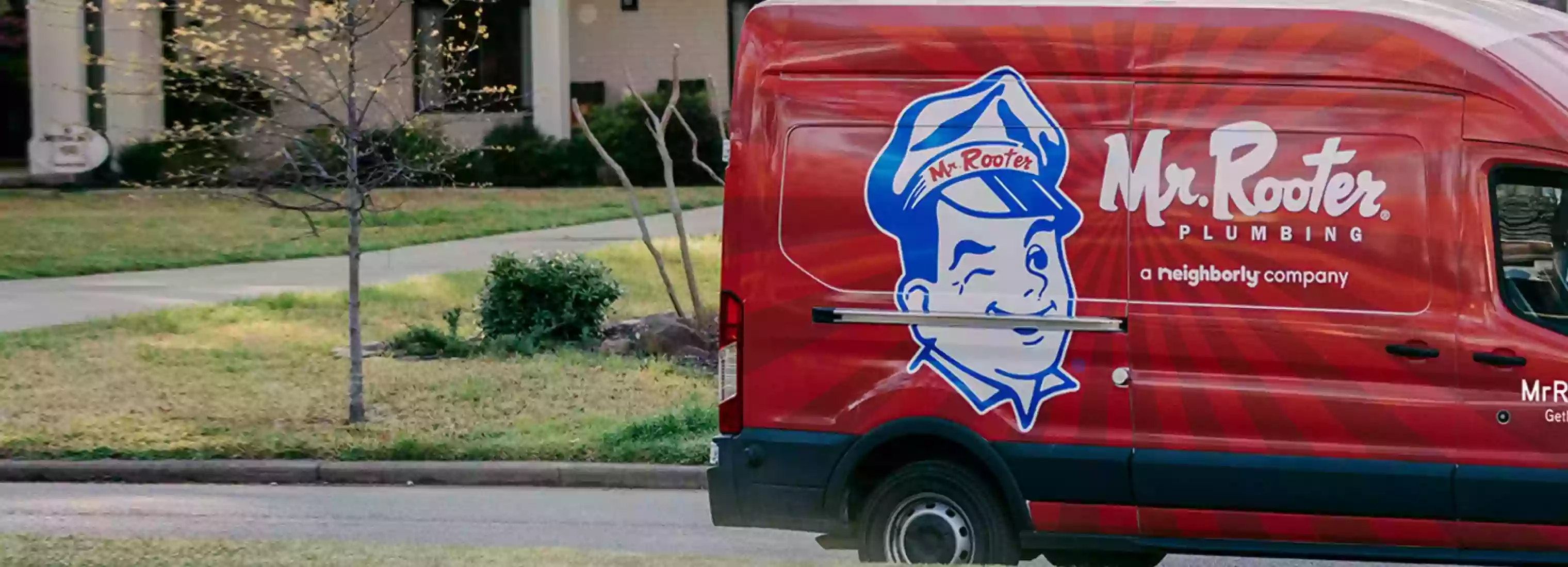Will Frozen Pipes Thaw on Their Own?
When the temperature outside dips below freezing, you may find yourself without flowing water due to frozen pipes. This leads to questions like: “when do frozen pipes thaw?” and “can they thaw without bursting?” We put together some useful information to help you learn more about the thawing process, as well as some helpful thawing tips to follow.
How Long Does It Take for a Frozen Pipe to Thaw?
Though waiting for your pipes to thaw naturally may seem like the safest solution, doing so can increase their risk of bursting. If you wait for your pipes to thaw naturally, it can take hours, days, or even weeks before the temperature outside increases enough to fully unfreeze the pipes. Anticipating this change can be difficult and frustrating, especially if there are frequent weather shifts.
Thawing pipes manually can also lead to a substantial amount of damage when done incorrectly. Manually thawing pipes can also vary in duration. An increase in indoor temperatures can help unfreeze all your indoor pipes, whereas your outdoor pipes may take longer. In many cases though, using the right heating tools can unfreeze your pipes in a matter of 30-45 minutes. Doing this safely and without causing the pipe to burst is the real challenge.
Can Frozen Pipes Thaw Without Bursting?
The main reason thawing pipes are most at risk for bursting is due to the pressure of flowing water pushing against ice (within the pipe), pipe fittings, and valves. With a closed tap, the pressure upstream can get to be too much for your pipes to handle. And once the temperature outside dips below 32F, unprotected pipes are at a greater risk of freezing and potentially bursting. That said, it’s still possible for your pipes to thaw without bursting. The key is to release the pressure and allow the pipes to thaw slowly.
How to Manually Thaw Water Pipes Safely
To safely thaw and prevent damage to water pipes, follow these tips:
- Test the water flow: If you have a complete lack of water flow, it’s likely your pipes are severely frozen and require emergency service and manual thawing. If there’s some trickling water, you may be able to take steps to thaw your pipes naturally.
- Identify any pipes that have already burst: If there are areas where water is leaking out of a pipe(s), immediately turn off the main water valve that supplies water to the line(s). This will decrease the water pressure throughout your plumbing system, and hopefully keeping your pipe(s) from bursting. Then call a plumber for emergency assistance, or if you’re unsure where to find your main shut-off valve.
- Open your faucets and outdoor valves: This will help reduce pressure within the system and allow thawing water to drain out safely once it starts flowing again.
- Open cabinet doors: Increase your home’s temperature to slowly thaw your pipes and open any areas that are closed, which may be blocking your piping. This will help increase the flow of warm air to your plumbing.
- Manually thaw: Begin the thawing process at the most vulnerable places (near faucets). By targeting these areas first, your pipes will be less likely to burst. To do so, gently apply heat to the frozen areas. A blow dryer is a good option (use caution, go slowly, and don’t use an open flame).
- For hidden pipes: Use an infrared lamp to target frozen areas. You may need to make an opening in your wall to access the pipe.
- For exposed pipes: Use a hair dryer, infrared lamp, portable heater, heating pad, heat tape, or steamed towels to apply heat (never use an open flame).
Don’t use unsafe items to thaw. Any open flame device or high-powered heater (like a propane heater) should never be used to thaw pipes. Not only is it dangerous, but applying such intense heat directly to the frozen pipe increases the likelihood that the pipe will burst.
- Prevent pipes from refreezing. If your pipes aren’t properly protected or insulated, apply insulating tape, cables, or tubing. Heat your attic, garage, or basement if they contain exposed pipes by increasing the thermostat setting or utilizing electric heaters.
Related Topic: How to Insulate Outdoor Water Pipes
Frozen Pipes Not Thawing? Get Help
If your pipes are still not thawing despite your careful efforts, don’t panic. In these circumstances, it’s better to rely on the experts than risk busting a pipe and creating a situation that is worse (like a flood). Your local pros at Mr. Rooter Plumbing can thaw your pipes safely and get your water flowing again. We can also provide you with helpful tips that can help you avoid frozen pipes in the future. Give us a call or request an estimate online today.
 Click to call
Click to call


